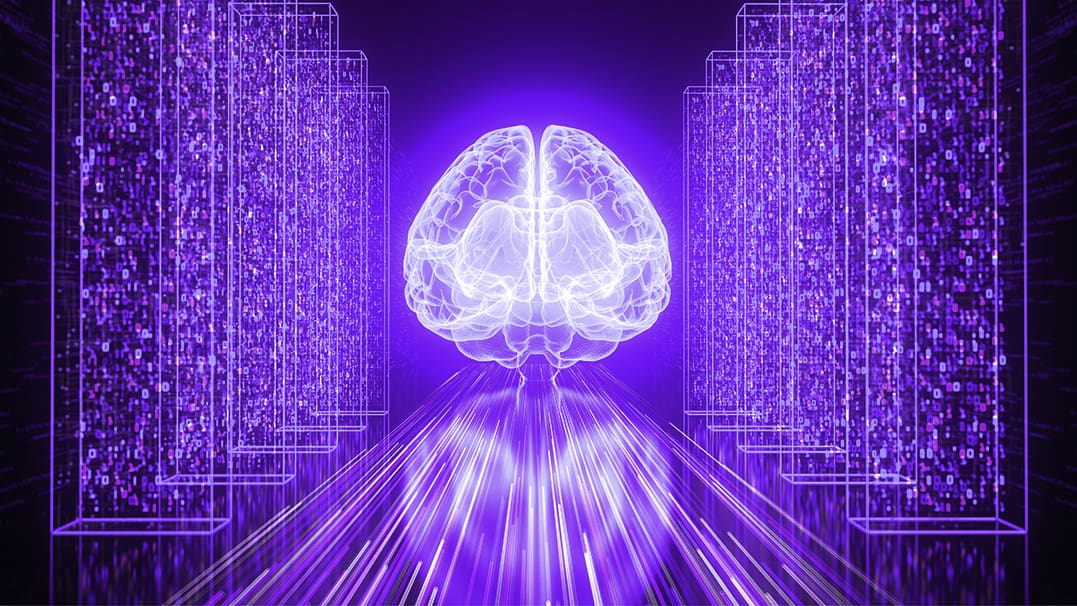Published: October 30, 2015
Traditionally, a CMS (content management system) ties in all of the major components of a website together; the presentation of content, layout, templating, routing, content editing, and other components all live within the same system. You have to create templates in a way that is very specific to the CMS you’re working with in order to render HTML pages.

While this model is suitable for some use cases, the headless CMS has opened new avenues for others. Contentful describes specific use cases here.
What’s the need for a headless CMS?
The problem with a traditional CMS occurs when you want to display your content anywhere outside of your site that is not HTML, such as a mobile application.
[quote align=”left”]The solution is a headless CMS which is used to create a web service API to serve content.[/quote]
In most cases, the content is tied with presentational styling, which is a problem as more devices come to the market. The client can request content in a specific content type, i.e. HTML, JSON or plain text, when it makes the call to the web service. This allows the headless CMS content to be used in multiple places but written once.
What is a headless CMS?
A headless CMS, otherwise known as decoupled CMS architecture, separates the front-end from backend components, allowing for the content to be served via an API (application program interface) without any presentation tied into it. The CMS would be purely used to manage content stored on a database via an easy-to-use interface.
- No theme.
- No template.
- No presentational components tied into the CMS.

Advantages of using a headless CMS
Websites, native applications, and other clients are able to be built separately without having to model your content differently each time. Overall, developers can focus more on what they do best – without having to go between backend and front-end. Front-end developers are freed from any backend conventions and structures giving them full control over what tools and frameworks to use. And on the other hand, backend developers have freedom and flexibility to use any backend stack to manage the CMS, data, and other logic. They can focus on delivering content that is more responsive.
The next phase of responsive website building
If the ability to have your website displayed on any device – desktop, tablet, or mobile – is attractive to you, building a responsive website is the solution. If you want your responsive website to stay ahead of the game, utilizing decoupled architecture will take it to the next level. A headless CMS allows you to have better control over what your website will look like next year, in five years, and beyond. In essence, this is as close to future-proofing your site as you can get right now.
The next time you want to redesign your website, having your content already separated out in a CMS will increase overall efficiency, so you can focus on the design and user experience for both the customer and content editor.
Curious how a headless CMS might impact your business? Let’s chat!



